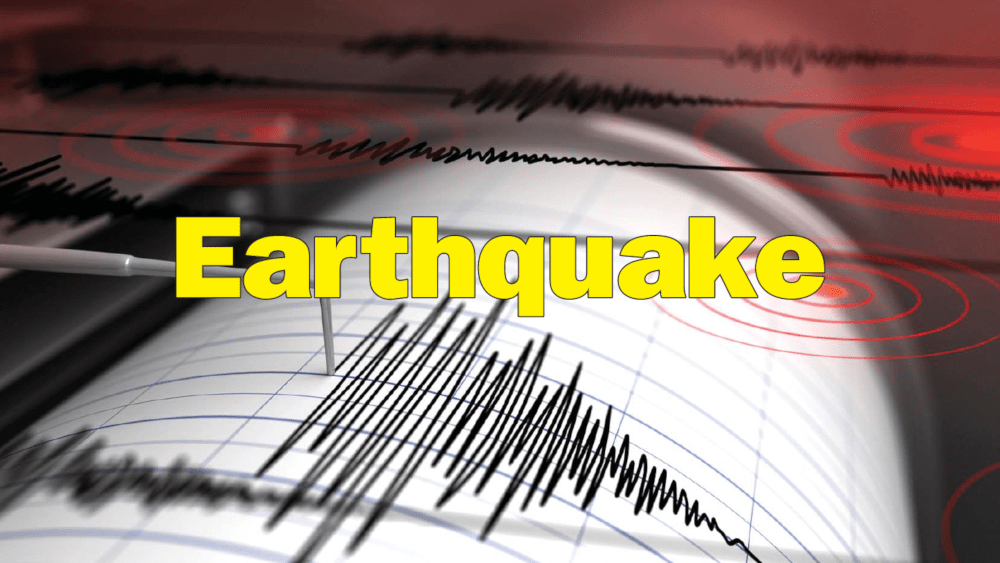
The New Madrid Seismic Zone, sometimes called the New Madrid Fault Line, is a major seismic zone and a prolific source of intraplate earthquakes (earthquakes within a tectonic plate) in the Southern and Midwestern United States, stretching to the southwest from New Madrid, Missouri.
The New Madrid fault system was responsible for the 1811-12 New Madrid earthquakes, and has the potential to produce large earthquakes in the future. Since 1812, frequent smaller earthquakes have been recorded in the area. Earthquakes that occur in the New Madrid Seismic Zone (NMSZ) potentially threaten parts of Illinois, Indiana, Missouri, Arkansas, Kentucky, Tennessee, Oklahoma and Mississippi.
The NMSZ has a 10-percent probability of a catastrophic earthquake in the next 50 years. An area affected by an Magnitude 7.7-intensity earthquake will have few buildings remaining standing; bridges will be destroyed; fissures in the ground; and landslides will occur. The first 72 hours post-earthquake are critical for success of this mission, as the population affected requirements for water, food and shelter has an extremely sharp growth rate before tapering. Successful operations in this situation depend on timely sharing of information to produce a clear picture of the incident.
FEMA, the Missouri National Guard and the Civil Air Patrol all have contingency plans related to the NMSZ. The Civil Air Patrol will establish a Main Operating Base (MOB) in Missouri; supporting wings will deploy aircraft, aerial recon capability, commo teams, Mission Base Staff and Ground Team and support personnel. Assets will be deployed for time periods ranging from one or two days to several weeks. And HF and VHF Communications will be established between the MOB, forward operating bases, and any other relevant entities.
Specifically for Sedalia, the Sedalia Squadron will establish a staging area at Sedalia Regional Airport for aircraft and personnel. This staging area will be used for a crew/personnel rest area from the Operational Area. The staging area must have VHF communication, minor level of aircraft and vehicle maintenance, and bed down for 65 personnel. Monthly orientation flights and emergency services training will support the manning, equipping and training to support this requirement.


